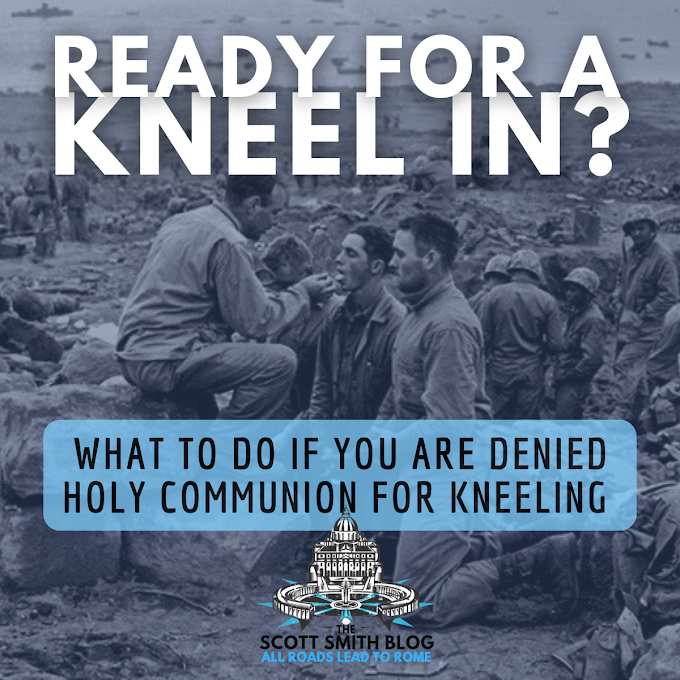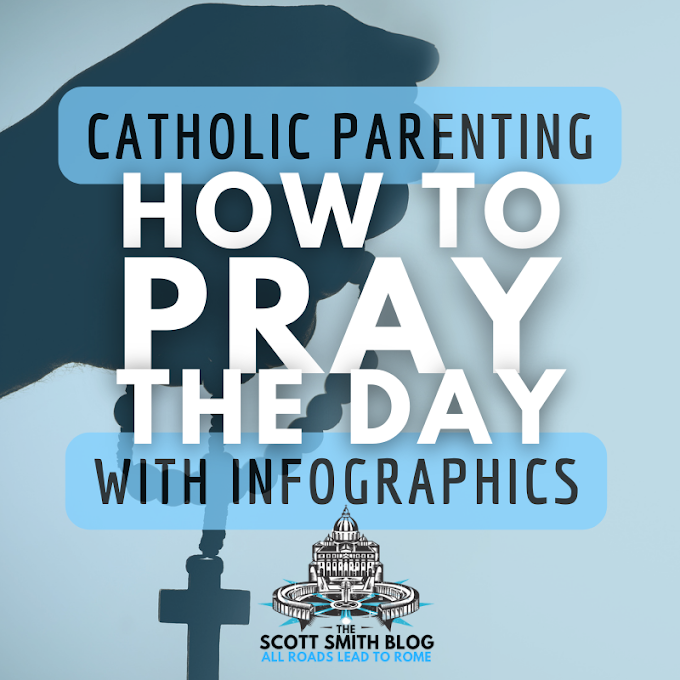Tolkien's stories are nearly bottomless and all of it is rich in theology. Here's a deep dive into the hidden Trinity and Trinities in the The Lord of the Rings. Tolkien was a good and studied Catholic, so the origins of his gods are steeped in rich Trinitarian theology.

Gandalf and the other wizards and Maiar were born of the thoughts of Eru Ilúvatar (of God, the Father). Similarly, God the Father speaks the Word, which is the Son of God--the Word made Flesh is Jesus Christ. You might be thinking, "Tolkien's Trinity is way more than three persons."
Tolkien actually addressed all the gods, sub-gods, and co-gods in his mythology. In a draft letter to Peter Hastings, the manager of a Catholic bookshop in Oxford, Tolkien explained his mix of monotheism and polytheism and its seeming unorthodoxy. All these gods are "a tribute to the infinity of [God's] potential variety."[1]
A creature, Tolkien argued, does not necessarily have to create in the same manner as he was created.
There's no single Christ, Messiah, or God-the-Son in Tolkien's mythology--this will be the subject of another article: The Christs of Lord of the Rings.
Do you remember hearing about this Secret Fire in Lord of the Rings? It's definitely one of the cooler scenes from the movie. Gandalf, himself, finds his courage to stand before the Balrog of Morgoth (Morgoth is the Satan figure, a fallen member of the Valar) when he calls himself a "servant of the Secret Fire":
I love this quote, not only because it shows how awesome Gandalf is, but also because it reveals the good and evil of Middle-Earth and the discernment needed between them.
Gandalf announces that he is a servant of Tolkien's Holy Spirit before the embodiment of evil, a creature made of the dark fire, itself. Gandalf's power is rooted in his faith. He stands on that narrow bridge, the razor's edge, guided by his faith. His willingness to sacrifice himself was further rooted in his faith in the resurrection--in Eru Ilúvatar, Himself. It was by the same faith that Abraham could sacrifice his only son, Isaac.
The power of the dark fire can only corrupt the creations of the Secret Fire; it cannot create on its own. Isn't this a true image of evil? of Satan? Evil can only pervert and destroy. Frodo explains this to Sam in Return of the King, as he describes the origin of orcs:
Is Tolkien's Trinity a true Trinity? Eru Ilúvatar never exists, truly, in three persons. Though Tolkien has Christ figures, his Trinity does not include a full-fledged God, the Son, much less is Ilúvatar actually incarnated. Also, the Flame Imperishable does not seem to exist as a person or as equal to Ilúvatar. Rather, the Secret Fire seems to be something that is possessed by Ilúvatar.
An Old Testament Trinity: I would have to conclude that Tolkien's Trinity is not a New Testament Trinity. It more closely resembles the Trinity as expressed in the Old Testament. In the Old Testament, the Trinity is only partially revealed. Also, Tolkien's Trinity is most developed in its action of creation.
Compare Tolkien's creation to the Book of Genesis. In Genesis, God the Son is the Word spoken at creation. He appears in Scripture whenever Wisdom and Truth are spoken of in capital letters. God the Holy Spirit is present at creation, also, as the spirit moving over the waters (Gn 1:2). This very similar to The Lord of the Rings:
St. Augustine was warned by an angel not to expect too much of his feeble mind when investigating the mysteries of the Trinity. Tolkien seems to heed the same warning; the creation of Middle-Earth is not simply a recapitulation of the Genesis story. His imagination has great power. Tolkien reveals the infinite wonder which can be found in just the natures of God and creation.
For more quality Sci-Fi and Fantasy nerdiness, you can check out my articles at Nerdatron.com.
2. Clyde S. Kilby. Tolkien & The Silmarillion. Harold Shaw, 1976, p. 59.
3. Tolkien, J. R. R., The Fellowship of the Ring II 5: "The Bridge of Khazad-dûm"
4. Tolkien, J. R. R., The Return of the King VI 1: "The Tower of Cirith Ungol"
Read more on the Theology of The Lord of the Rings! These articles form part of a larger work I have written on the Christian symbolism in The Lord of the Rings, available in paperback and ebook versions:

First off, where did Gandalf come from?
He's the wisest of the Maiar, who are minor Ainu. Huh? The Ainu, which means "Holy Ones," were the first of the creations of Eru Ilúvatar--they were born of his thought. The wizards--Gandalf, Saruman, etc.--were each a Maiar, and existed before Elves, Men, and Dwarves.
Lord of the Rings: Who is God, the Father?
Eru Ilúvatar is the Godhead of the Tolkien mythos. He is God the Father, the first person of the Trinity. The name, Eru Ilúvatar, means "The One" (Eru) and "Father of All" (Ilúvatar) in the ancient Elvish language of Quenya.You can make a direct connection between Eru and El, the word for God or "The One" in Hebrew, such as in Elohim ("the all-powerful One"), El Shaddai ("God Almighty"), Gabriel [Gabri-El] ("Strength of God"), and Michael [Micha-El] ("Who is like God?").
Tolkien actually addressed all the gods, sub-gods, and co-gods in his mythology. In a draft letter to Peter Hastings, the manager of a Catholic bookshop in Oxford, Tolkien explained his mix of monotheism and polytheism and its seeming unorthodoxy. All these gods are "a tribute to the infinity of [God's] potential variety."[1]
The Lord of the Rings and the Resurrections of Gandalf and Jesus
HOWEVER! There are powers reserved to Eru Ilúvatar alone, such as the power of RESURRECTION, and other interventions into the natural order. And so God the Son incarnated as Jesus was revealing something particular about his Divine Nature and the Christian Trinity when he said, "I am the Resurrection and the life" (Jn 11:25).
Gandalf, unlike Jesus, did not share in the Divine Nature of Eru Ilúvatar. Gandalf, unlike Jesus, did not resurrect himself.
The similarities between Gandalf's Passion, Death, and Resurrection to Jesus's Passion, Death, and Resurrection are incredible! I have written extensively about that here.
God the Son, as a person of the Trinity, is splintered among many different characters. The other persons of the Trinity--God the Father and God the Holy Spirit--are not splintered and are very straightforward.
Lord of the Rings: Who is the Holy Spirit?
God the Father is Eru Ilúvatar, as I've explained, but who is Tolkien's Holy Spirit? It is the Secret Fire or the Flame Imperishable, which is the power of life possessed by Eru Ilúvatar alone. Tolkien, himself, admits to this Trinitarian connection.[2]Do you remember hearing about this Secret Fire in Lord of the Rings? It's definitely one of the cooler scenes from the movie. Gandalf, himself, finds his courage to stand before the Balrog of Morgoth (Morgoth is the Satan figure, a fallen member of the Valar) when he calls himself a "servant of the Secret Fire":
"You cannot pass," he said ... "I am a servant of the Secret Fire, wielder of the flame of Anor. The dark fire will not avail you, flame of Udûn. You cannot pass."[3]
There is the Secret Fire of Eru Ilúvatar, the Holy Spirit, which is purely good and all-powerful. At war against the Secret Fire is the "dark fire." The Balrog before Gandalf was created by Tolkien's Lucifer-figure, Melkor or Morgoth, in Tolkien's Hell-equivalent, the fortress of Morgoth, Utumno or Udûn.
The power of the dark fire can only corrupt the creations of the Secret Fire; it cannot create on its own. Isn't this a true image of evil? of Satan? Evil can only pervert and destroy. Frodo explains this to Sam in Return of the King, as he describes the origin of orcs:
"The shadow that bred them can only mock, it cannot make: not real new things of its own."(4)
Lord of the Rings: Who is God the Son? Who is the Jesus of Lord of the Rings?
As I said earlier, there's more than one Christ figure in The Lord of the Rings. Tolkien splintered his Messiah into three characters: Gandalf, Frodo, and--of course--Aragorn. Each of these characters represents a different aspect of Christ:
- Gandalf the Gray (and White) represents the Resurrection, but more importantly he represents the third person of the Trinity, The Word, who exists outside of time.
- Frodo Baggins represents the Sacrifice (the Crucifixion), the journey which begins in sleepy, out-of-the-way Nazareth and ends on the slopes of Golgotha.
- Aragorn, son of Arathorn represents the King, the restoration of the Davidic Kingdom.
An Old Testament Trinity: I would have to conclude that Tolkien's Trinity is not a New Testament Trinity. It more closely resembles the Trinity as expressed in the Old Testament. In the Old Testament, the Trinity is only partially revealed. Also, Tolkien's Trinity is most developed in its action of creation.
- The Son: the first of the creations of Eru Ilúvatar, the Ainu, were born of his thought, much as God spoke the Word at creation.
- The Holy Spirit: the Flame Imperishable is the power of life possessed by Eru Ilúvatar alone, similar to the Spirit of God which is active in creation across the formlessness.
St. Augustine was warned by an angel not to expect too much of his feeble mind when investigating the mysteries of the Trinity. Tolkien seems to heed the same warning; the creation of Middle-Earth is not simply a recapitulation of the Genesis story. His imagination has great power. Tolkien reveals the infinite wonder which can be found in just the natures of God and creation.
For more quality Sci-Fi and Fantasy nerdiness, you can check out my articles at Nerdatron.com.
Lord of the Rings and the Trinity: Footnotes
1. Carpenter, Humphrey, ed. (1981), The Letters of J. R. R. Tolkien, Boston: Houghton Mifflin, #153, ISBN 0-395-31555-72. Clyde S. Kilby. Tolkien & The Silmarillion. Harold Shaw, 1976, p. 59.
3. Tolkien, J. R. R., The Fellowship of the Ring II 5: "The Bridge of Khazad-dûm"
4. Tolkien, J. R. R., The Return of the King VI 1: "The Tower of Cirith Ungol"

















5 Comments
Further more, he actually said "i hate allegory". So, sorry you did not know this before you took the time to write this, but i am sorry to say you are mistaken .
“I cordially dislike allegory in all its manifestations, and always have done so since I grew old and wary enough to detect its presence. I much prefer history – true or feigned– with its varied applicability to the thought and experience of readers. I think that many confuse applicability with allegory, but the one resides in the freedom of the reader, and the other in the purposed domination of the author.”
But the Ainur can't be the Son.
Multiple notes by Tolkien speak against such interpretation.
"Thus Gandalf faced and suffered death; and came back or was sent back, as he says, with enhanced power. But though one may be in this reminded of the Gospels, it is not really the same thing at all. The Incarnation of God is an infinitely greater thing than anything I would dare to write" -- Letters.
Here Tolkien rejected the idea of Gandalf being Jesus, and expressed that he dared not write the Incarnation of God, ie. the Son.
In the debate of Finrod and Andreth, the two discussed the Old Hope of Eru entering his Creation, and healing the marred Earth.
"they say that the One will himself enter into Arda, and heal Men and all the Marring from the beginning to the end. This they say also, or they feign, is a rumour that has come down through years uncounted, even from the days of our undoing" -- Morgoth's Ring.
Now here's the Son.